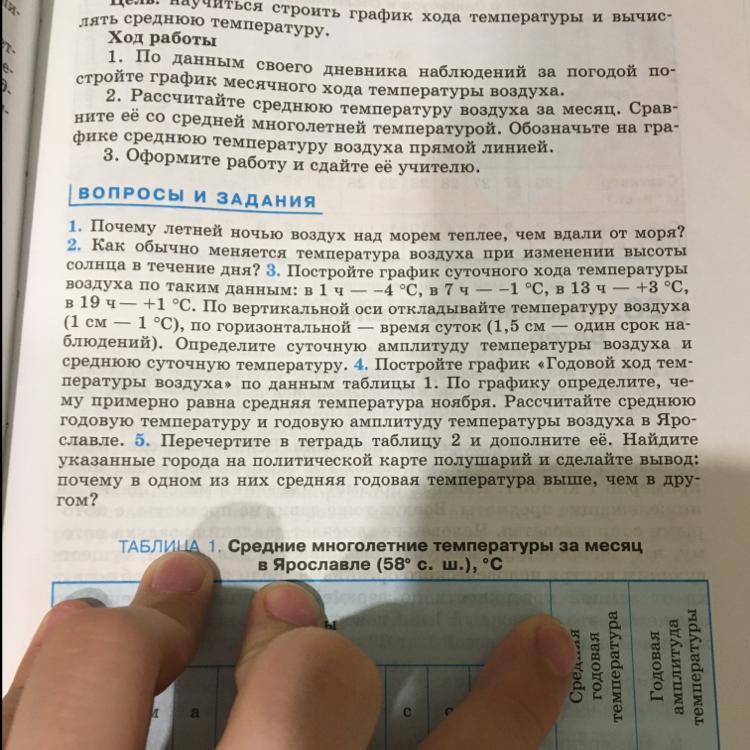Помогите перевести текст по техническому переводу:
YOUR TEETH CAN LAST A LIFETIME
Next time you get a cavity in a tooth, you can blame it on yourself — maybe, too, on a dentist who isn't up to date. So-called сaries— the rotting away of teeth — is, or should be, old hat, largely outdated.
What causes decay? Ever use an acid to etch away at a piece of' metal? That, in a nutshell, is what goes on in your mouth and sets up decay.
Always in the mouth are bacteria — a considerable variety. The bugs feed on food particles. A result of their feeding is acid production.
Acid eats away at the tooth enamel. It's the toughest substance in the body, but it's not acid-resistant. Eventually, the acid penetrates. It may make so tiny a hole you'd never suspect it's there. But it can be enough to let acid start working on the softer, bone-like dentine under the enamel, and then on the pulp, the living part of the tooth where nerves and blood vessels are.
Once the decay process reaches the pulp, it goes without saying that you'll have pain and stand a good chance of losing the tooth.
Contrary to what you may have heard, a diseased tooth isn't necessarily a local affair. Dental diseases are directly responsible for general poor health, affecting patients of all ages.
Nobody knows how many ailments are triggered, or contributed to, by dental disease. Among those particularly suspect are rheumatic disorders, gastrointestinal and kidney diseases, skin diseases, and bacterial endocarditis (a heart infection).
Recent developments in dentistry are especially welcome, for the American mouth is a disaster area. More than 20 million Americans have lost all their teeth; 90 million have 18 or more missing, decayed. or filled teeth. By age 35, one of every five people needs dentures; by 55, one of every two. Two-thirds of youngsters below age five have-decaying teeth; by the teens, five of every six.
Modern dentistry, mechanically advanced and capable of fine, fix-it work, had to wait a long time for a clue to any practical means of stopping tooth decay before it could get started.
An American physician, a Dr. Edgar, serving in Italу as an examiner of immigrants to this country, observed that many coming from an area in Naples had brown stained but healthy teeth.
It turned put that fluoride taken into the body regularly during childhood could do something remarkable. It could be laid down, while teeth were being formed, so it combined with the enamel and made it more acid-resistant, therefore more decay-resistant. In controlled amounts it would not cause discoloration, and cavities would be reduced — at least for children — by 50 to 65 per cent.
The next discovery came about 20 years ago: fluoride could be applied directly to the enamel. If a dentist painted on four coats of a two per cent sodium-fluoride solution once every three years, tooth decay would be reduced 25 to 40 per cent — but only in children up to 15. It didn't work for adults.
The search was then on for new compounds that might be better than sodium fluoride. It led to stannous fluoride, a combination of tin and fluoride. One application of stannous fluoride a year proved to be as much as 38 per cent more effective than four of sodium fluoride. It turned out, too, that stannous fluoride could work for adults as well as children.
Meanwhile, Indiana University investigators were at work on a project to develop a toothpaste that might help combat decay.
The Indiana investigators finally found a way to incorporate stannous fluoride into a toothpaste so its value wouldn't be lost.
First, teeth are polished with a new pumice mixture that contains17 per cent stannous fluoride.
Immediately afterward, a 10-per cent stannous-fluoride solution is painted on the teeth—a 15-second procedure.
The first two steps start the man off—and the third step is simply the daily use of a fluoridated toothpaste.
